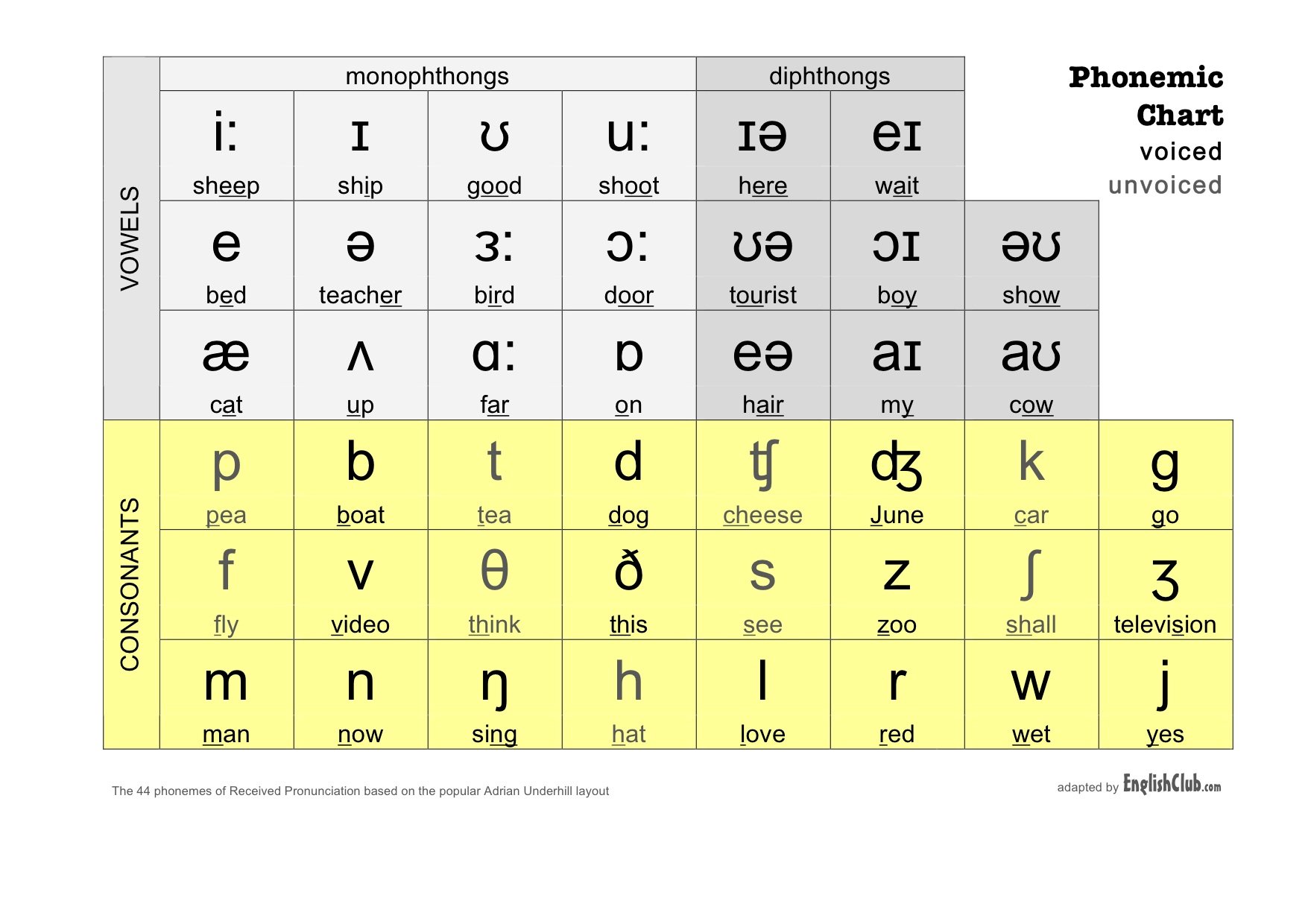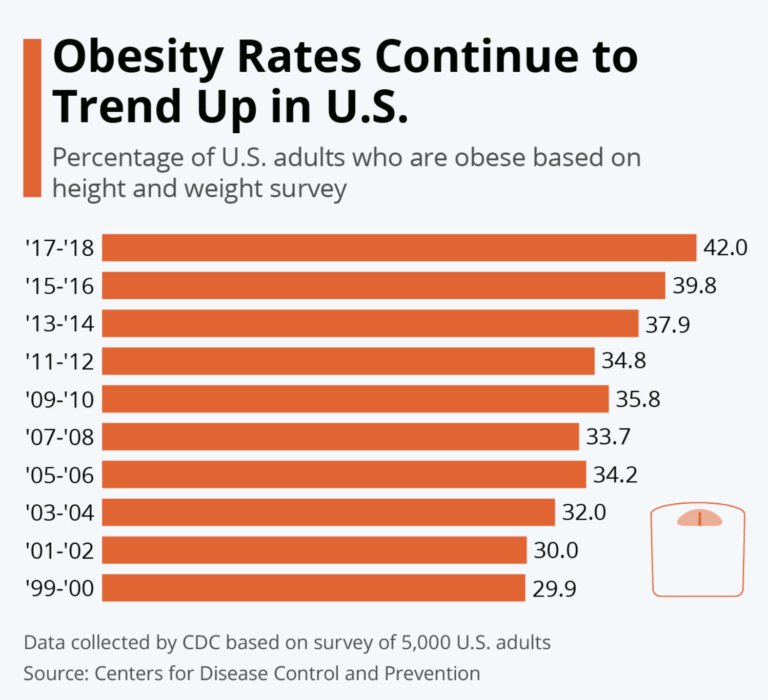
Warm up
—- * * FOR NEW STUDENTS ** ————————————— ————
- What industry do you work in and what is your role?
- What are your responses in your role / position?
- Can you describe to the function of your workplace / company?
- How many departments, how many offices. National or International?
- What are the minimum requirements for employment ie Education or Experience?
- How many opportunities are there to ‘move up the ladder’?
- What is the process for changing job roles ie Interview? Test?
————————————————– —— ——————————————– ——- —
General discussion about your workweek:
- Current projects? Deadlines? Opportunities?
- Anything of interest happening?
————————————————– —— ——————————————– ——–
Script
1. If you spend time on social media, you may have seen the “I forced a bot to watch” gimmick. A user claims that they programmed a “bot” to process thousands of hours of a show, and then produce a script based off of what it “saw.” The accompanying script features a presumably automated, hilariously bizarre and unnatural exchange between the characters.
2. Even if this is just humans poking fun at the tropes of a sitcom, the gag taps into a revealing question: are humans becoming so formulaic that automation replicating us seems plausible, including in areas that are supposed to be unique to human creativity? While automation isn’t producing an award-winning series or movie anytime soon, scientists are striving to reach that. This technology — known as generative artificial intelligence — is already creating pop songs for musical artists, creating images of human faces, and writing news articles for the Associated Press. After all, like human intelligence, AI works by simple pattern recognition, identifying a template and then repeatedly following it.
3. As a general rule, if a robot can be designed — or, through AI, figure out how — to execute a task, then it may eventually replace a human. Engineers tend to have a passion for the definable and the measurable, and as such we pride ourselves on the precision and rigor of our methods. We engrain this in our students who are now used to homework assignments and exams, designed by educators like me, whose answers are numerical and unambiguous.
4. Take the rubric, a standard grading practice used in engineering courses. Detailed rubrics help limit biases, but they can inadvertently encourage students to obsess over their grades rather than mastering the subject matter. We need to encourage our students to take the rote skills they are learning and apply them to broader queries instead of incentivizing them to chase points or only to study the material they’ll be tested on. It’s critical thinking — not applying formulas — that will help them stand out in the workplace.
5. Project-based classes have often been a welcome change for students, especially for kinesthetic learners and for those who struggle with written exams as a tool to assess learning. While generative AI suggests that humans can be distilled to “bots” who just regurgitate what we take in, the reality is that our current era is one of unprecedented technological disruption that has been driven by human ingenuity. Even the existence of generative AI showcases how visionary we are.
6. As technological advancements shrink the gap between an algorithm’s capabilities and our own, we must be even more deliberate in choosing to flex our creative muscles. This is not to prevent a robot takeover, but to ensure our unique abilities as humans are at full strength, so that we can apply our ingenuity to finding the next great idea.
7. Harvard philosophy professor Sean D. Kelly warned that if humans “treat artificially intelligent machines as so vastly superior to us,” then “we will naturally attribute creativity to them. Should that happen, it will not be because machines have outstripped us. It will be because we will have denigrated ourselves.”
8. Orienting education to focus on cultivating originality, problem-solving and hands-on experience will drive graduates, and our society, forward. This approach will be even more engaging for students and lead to technology that we can’t yet imagine. Standardized and quantifiable assessments shouldn’t be abandoned — they serve an essential purpose. However, a student who loves learning, and is inspired to innovate, is much more likely to thrive in the workplace and ultimately change the world.
Discussion
1. Which classes did you enjoy the most in university?
2. Which classes did you find to be the most intellectually stimulating?
3. Do you think we could develop AI to eventually paint a totally original piece of art?
4. Would you have the same respect for the artwork that you would have if a person painted it?
5.
Would you hang it on a wall? would it deserve to be in a museum?
Phonetic Chart



